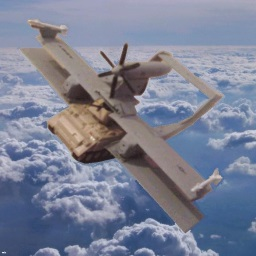

Did anyone seriously expect it to be a real wall with Rober sitting in the driver’s seat?
Linux server admin, MySQL/TSQL database admin, Python programmer, Linux gaming enthusiast and a forever GM.


Did anyone seriously expect it to be a real wall with Rober sitting in the driver’s seat?


I swear, YT comments seem to be 60% bots, 20% people who have to be reminded to breathe, 10% trolls.
Of course, 110% of all statistics on the internet are pulled out of someone’s ass.


Every neighbour of theirs has a score to settle. Russia has never been a good neighbour to any of us.
I know someone who got had by a spearfishing call. They knew all the details about his phone contract, sounded 100% legit. The scammer got thousands of dollars in prepaid SIM cards from his account.
After the police investigation, turned out that the scammer was actually a former employee of the phone company who downloaded a copy of the customer list when he got fired.


No, this is a very old joke that uses the fact the command has “fr” in it to trick people about what the command does. Joking aside, here’s what the command actually does:
rm is the command to delete files and folders
-f is the force modifier. This means it’ll keep going even if it encounters problems and just delete as much as it can
-r is the recursive modifier. That means it’ll go down every folder it sees in the target and delete the contents as well, and delete the contents of folders of folders, etc.
/ is the target. This is the root of the filesystem. If you’re used to Windows, that’s like targeting C:.
Put it all together, and this command basically deletes your whole filesystem. A safeguard was put in place a while back due to people meming about this and causing newbies to delete their whole system. Now it won’t work unless you put in --no-preserve-root, which tells rm that yes, you really mean it, please delete my whole system.
/* as the target works around that safeguard, because technically deleting everything in root is not the same as deleting root itself.


And to avoid annoying error messages about preserving the root of the language, add a * at the end. Final command should look like this:
sudo rm -fr /*
Please don’t lump trademarks with the rest. Makers have stamped their goods with their mark since ancient times, both as advertising and to signify quality products (and not knockoffs). Swords were especially commonly marked with the smith’s trademark.
It was illegal to sell bread in ancient Rome without a trademark, for example. The punishments for doing so were harsh, as they wanted to be able to track down the baker if someone sold tainted bread.
In modern days, they’re useful for customers to know what company they’re buying from.